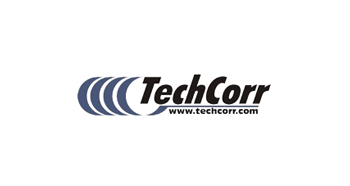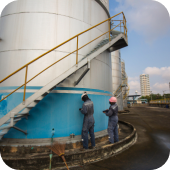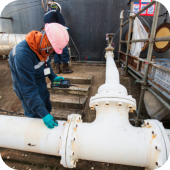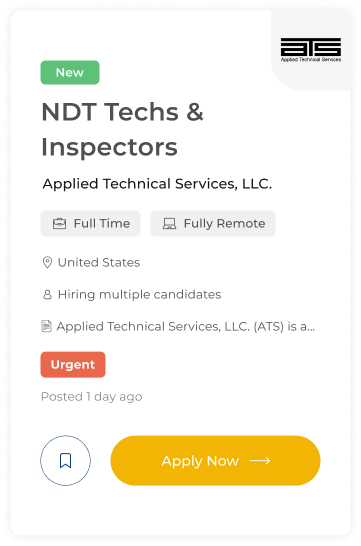

TechCorr USA
TechCorr is a global leader in industrial inspection services for petrochemical, pipeline & critical sectors. Since 1999, we've delivered NDT, corrosion surveys & fabrication inspections from our Texas HQ, ensuring asset integrity across 10+ U.S. offices.
Overview
TechCorr is a global leader in asset integrity management and non-destructive testing (NDT), serving industries like energy, aviation, manufacturing, and defense. Since 1999, the company has provided specialized inspections, corrosion surveys, and advanced NDT solutions to enhance safety and compliance. Headquartered in Pasadena, Texas, with offices nationwide, TechCorr combines cutting-edge technology with certified professionals to deliver reliable, high-quality services.
With over 25 years of experience, 20 locations worldwide, and 400+ skilled employees, TechCorr is a trusted partner for complex inspection and integrity challenges. The company offers comprehensive NDT solutions, including asset management, construction support, rope access, and remote monitoring. TechCorr’s mobile teams ensure fast, efficient service—handling projects of any size or scope with precision.
Products
Services
Videos
Ads












